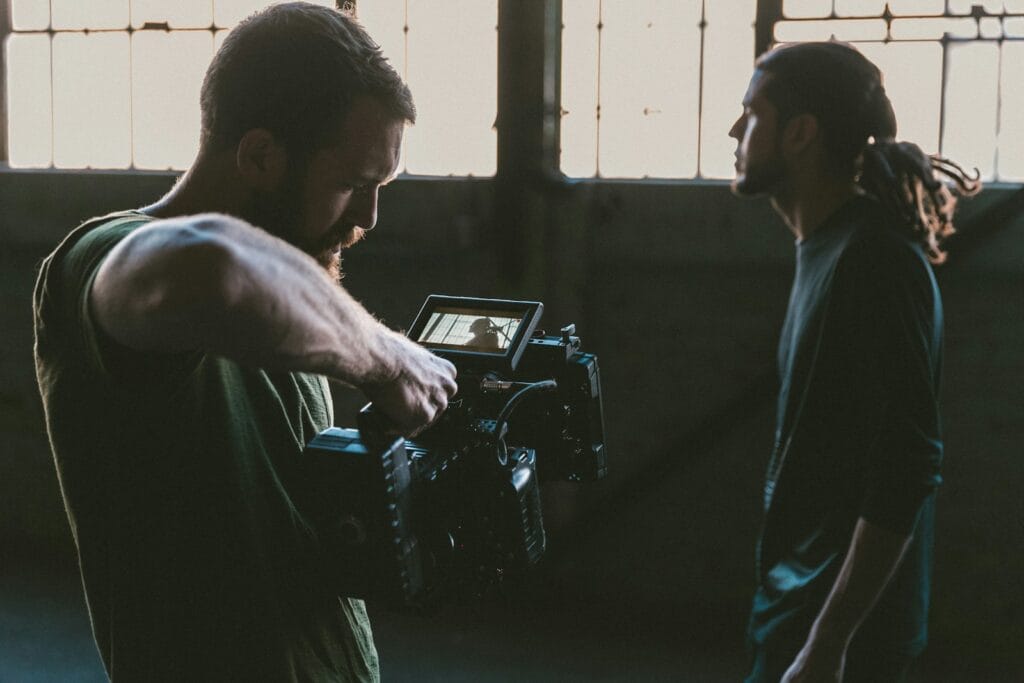
In Hollywood history, certain final performances transcend entertainment and become defining moments. These closing acts reflect decades of artistry and commitment, offering audiences profound farewells that resonate long after the credits roll. Some were intentional retirements, others were shaped by circumstance, yet all reveal how cinema captures both triumph and fragility.
This feature revisits iconic endings from legendary stars, exploring how their final or near-final roles became lasting testaments to their craft. Each farewell reflects a different journey, yet together they highlight resilience, legacy, and the timeless power of storytelling.
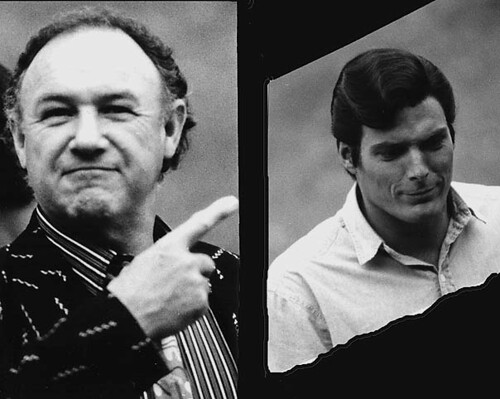
Gene Hackman in Welcome to Mooseport
Gene Hackman’s final screen performance came in 2004 with the comedy Welcome to Mooseport, where he played former U.S. President Monroe Cole who finds himself running for mayor of a small town. While the film itself leaned heavily on lighthearted humor, Hackman’s presence gave it an added gravitas. For an actor long celebrated for his commanding roles in classics such as The French Connection and Unforgiven, this choice of a more playful character revealed his range and his willingness to step away from the intensity that had defined much of his career.
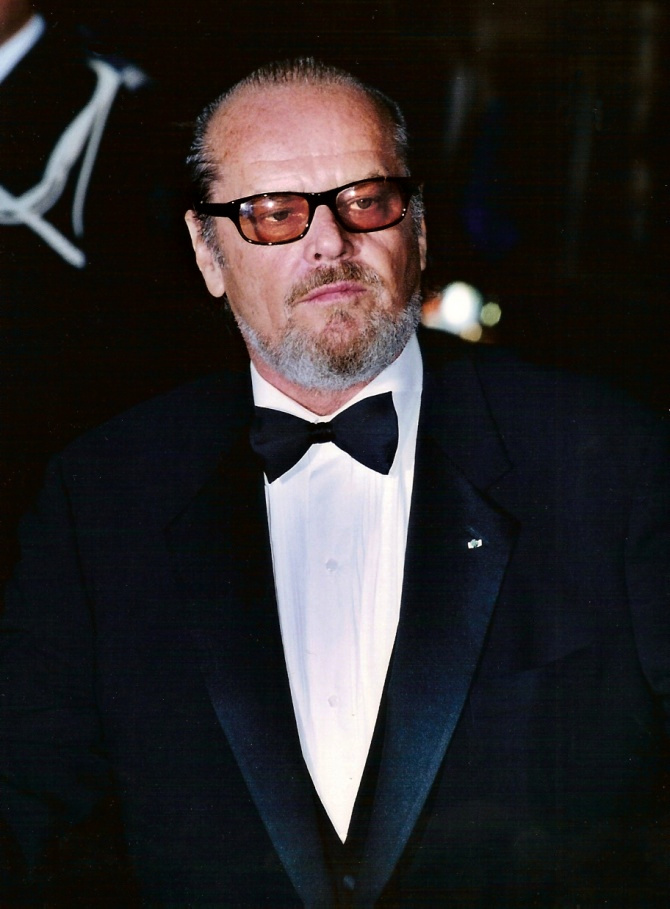
Jack Nicholson in How Do You Know
Jack Nicholson’s final screen appearance came in the 2010 romantic comedy How Do You Know, where he played Charles Madison, a corporate executive navigating personal and professional entanglements. For an actor whose career was defined by larger-than-life performances in films such as One Flew Over the Cuckoo’s Nest, Chinatown, and The Shining, this relatively understated role marked a gentle exit from the screen. Nicholson, who had long been celebrated for his magnetic presence and ability to shift seamlessly between charm, menace, and vulnerability, seemed to deliberately step into a quieter space for his last performance.
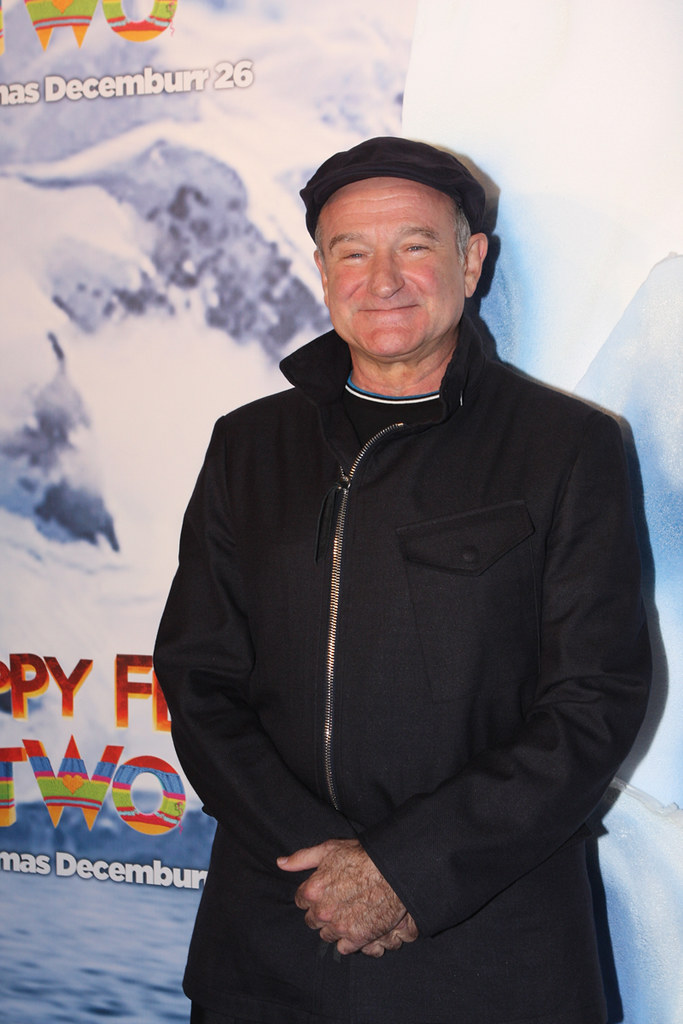
Robin Williams in Night at the Museum: Secret of the Tomb
Robin Williams’ final on-screen performance came in Night at the Museum: Secret of the Tomb (2014), where he reprised his role as the beloved Theodore Roosevelt. Williams infused the character with his trademark warmth, humor, and subtle wisdom, making Roosevelt both approachable and deeply inspiring. Even in a film aimed at family audiences, his portrayal carried layers of depth, reflecting the heart and humanity that Williams brought to every role.
One of the film’s most poignant moments is the farewell scene between Roosevelt and Larry Daley, played by Ben Stiller. In this emotionally charged exchange, Roosevelt offers guidance, encouragement, and affirmation, celebrating Larry’s growth and bravery. The scene resonates strongly, especially in light of Williams’ untimely passing in August 2014, just months before the film’s release. It serves as a testament to his extraordinary ability to connect with audiences, conveying profound emotion through humor and heartfelt sincerity.
Williams’ performance in this film remains a fitting and memorable swan song, capturing both his comedic genius and his rare capacity to inspire and uplift. Through this final role, he left an enduring reminder of why his presence on screen was always so cherished, and why his legacy continues to resonate deeply with fans around the world.
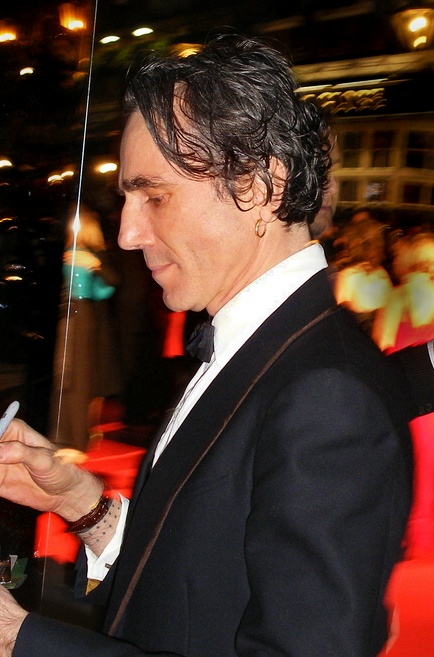
Daniel Day-Lewis in Phantom Thread
Daniel Day-Lewis’ final cinematic performance came in Phantom Thread (2017), where he portrayed Reynolds Woodcock, a highly esteemed fashion designer in 1950s London. Renowned for his method acting and total immersion in every role, Day-Lewis transformed Woodcock into a complex, deeply nuanced character, blending meticulous precision with underlying emotional tension. Every gesture, glance, and line of dialogue reflected the obsessive nature of a man driven by perfection, yet vulnerable in matters of love and intimacy.
The film explores Woodcock’s intricate and often fraught relationship with Alma, a young waitress who becomes his muse. Day-Lewis’ ability to convey both control and subtle susceptibility gave the story a compelling emotional core, earning him widespread critical acclaim and an Academy Award nomination for Best Actor. His performance exemplified the rigorous dedication and artistry for which he is celebrated, demonstrating how a final role can simultaneously captivate and challenge audiences.
While there have been occasional whispers about a potential return, Phantom Thread stands as Day-Lewis’ definitive farewell to cinema. The role encapsulates his extraordinary commitment to craft, leaving a lasting impression as a master of his art. Through this meticulously executed performance, he offered the film world one final, unforgettable demonstration of his rare talent, solidifying his legacy as one of the greatest actors of his generation.
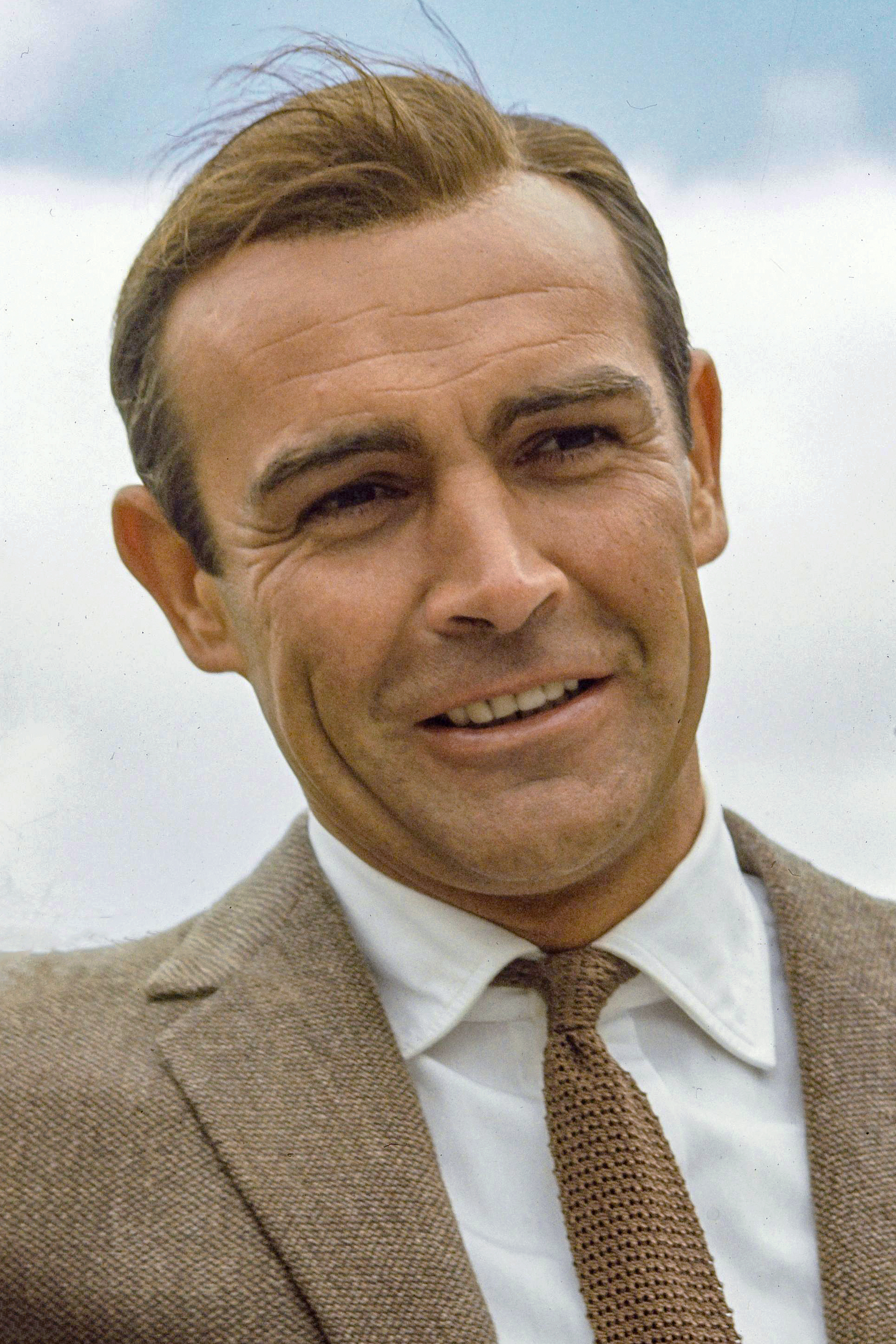
Sean Connery in The League of Extraordinary Gentlemen
Sean Connery’s final screen appearance came in 2003 with The League of Extraordinary Gentlemen, a film that presented numerous professional and personal challenges. Known for his iconic portrayal of James Bond and his effortless embodiment of charm and authority, Connery faced a production fraught with technical difficulties and creative tensions. Special effects complications, on-set disagreements, and post-production pressures all contributed to a taxing experience, which influenced his decision to retire from acting entirely.
Following this experience, Connery turned down several high-profile opportunities, including the coveted role of Albus Dumbledore in the Harry Potter series, choosing instead to step away from the public eye. His retirement was marked by a desire for tranquility and distance from the relentless demands of Hollywood, reflecting a man who had given decades of exceptional performances to the industry.
Connery’s legacy, however, remained untarnished. With a career spanning more than five decades, he left behind a remarkable body of work that combined elegance, gravitas, and star power. The League of Extraordinary Gentlemen may have been his final film, but it concluded a storied career defined by iconic roles, enduring influence, and an unmistakable presence that continues to inspire actors and audiences alike.
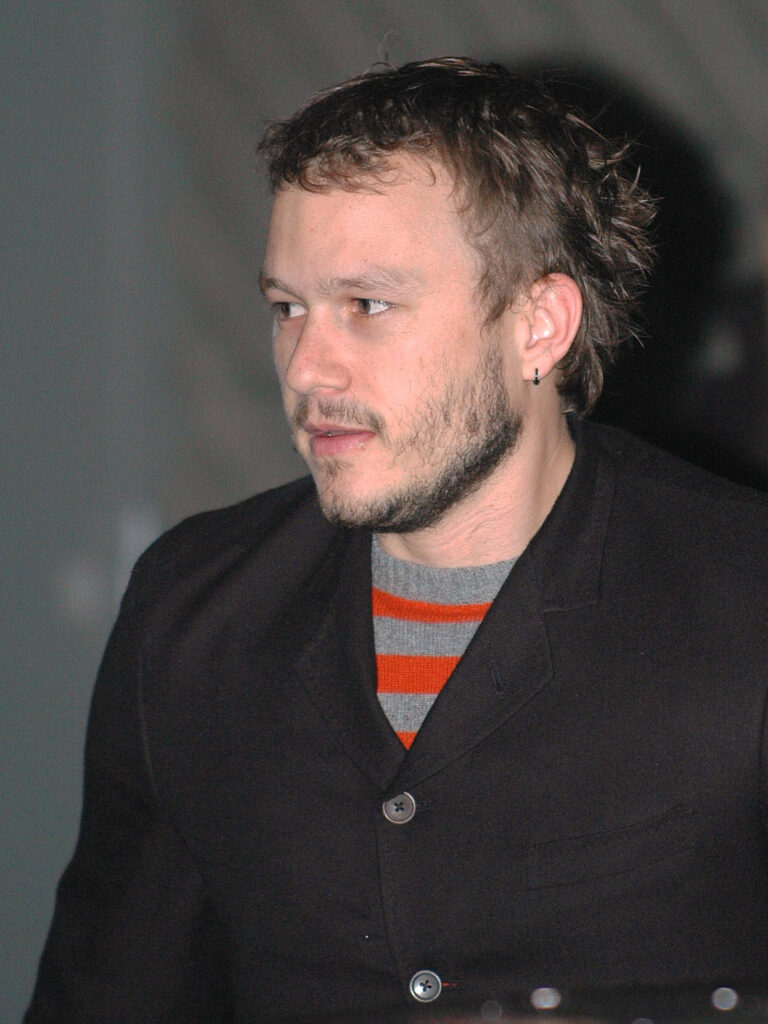
Heath Ledger in The Imaginarium of Doctor Parnassus
Heath Ledger’s final role as Tony in The Imaginarium of Doctor Parnassus (2009) remained incomplete at the time of his untimely passing. Ledger had been deeply immersed in this surreal fantasy, which centers on a traveling theater troupe led by Doctor Parnassus and a magical mirror that allows people to explore their imaginations. His portrayal of Tony, a charming and daring character navigating both real and fantastical worlds, showcased his remarkable versatility and magnetic screen presence.
Following Ledger’s death, filmmakers faced the daunting challenge of completing his role. In an extraordinary act of collaboration and respect, Johnny Depp, Jude Law, and Colin Farrell stepped in to portray alternate versions of Tony within the film’s imaginative narrative. This creative solution not only preserved the integrity of the story but also transformed the film into a poignant tribute to Ledger’s talent, celebrating the depth and range he brought to every performance.
Ledger’s performance in The Imaginarium of Doctor Parnassus serves as a lasting testament to his artistry, offering audiences a final glimpse of a gifted actor taken too soon. The film stands as both a memorial and a celebration of his contributions to cinema, immortalizing his unique charisma and dedication to his craft.
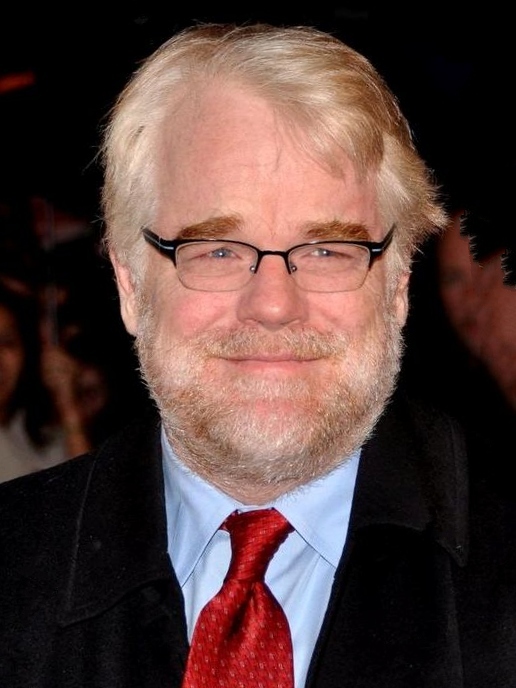
Philip Seymour Hoffman in The Hunger Games: Mockingjay – Part 2
Philip Seymour Hoffman delivered one of his final screen performances as Plutarch Heavensbee in The Hunger Games: Mockingjay – Part 2 (2015), a role central to the saga’s narrative. Heavensbee, initially introduced as the Head Gamemaker, is revealed to be a key strategist behind the rebellion against the oppressive Capitol. Hoffman brought subtlety and depth to this duality, portraying a character whose calm demeanor concealed shrewd intelligence and a commitment to justice.
Tragically, Hoffman passed away during production, leaving filmmakers with the delicate task of preserving his presence while completing the story. Through careful script adjustments, creative editing, and the use of body doubles, his character’s arc was maintained with respect and authenticity. This allowed audiences to experience Hoffman’s final performance in a way that honored both his talent and the importance of Plutarch Heavensbee within the story.
Hoffman’s portrayal adds a layer of moral complexity and emotional resonance to the film, demonstrating his extraordinary ability to enrich ensemble casts with his nuanced performance. Even in his final days, he exemplified dedication to his craft, leaving a lasting impression on one of modern cinema’s most compelling franchises.
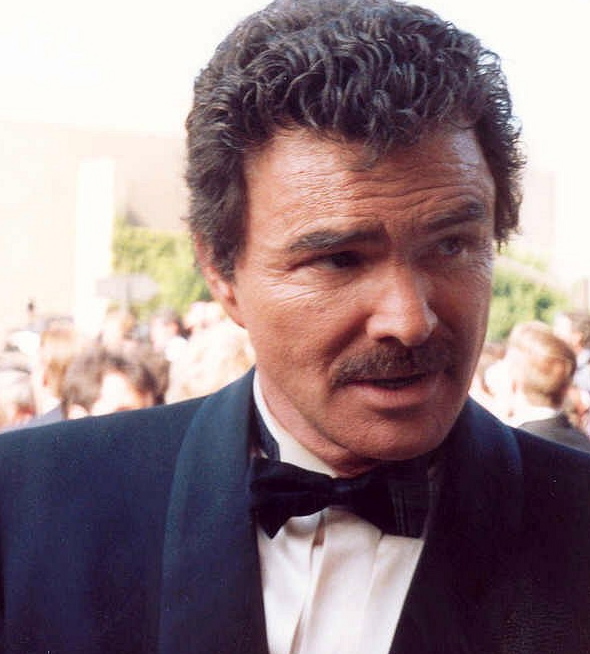
Burt Reynolds in The Last Movie Star
Burt Reynolds delivered a deeply personal and reflective performance in The Last Movie Star (2017), portraying Vic Edwards, an aging film icon invited to a modest film festival in Nashville. The role mirrored Reynolds’ own career, allowing him to explore themes of fame, aging, and the fleeting nature of Hollywood glory. His portrayal captured both the vulnerability and enduring charisma that defined his decades-long presence on the silver screen.
The film’s narrative delicately juxtaposes Edwards’ present reality with flashbacks to his past successes, highlighting the contrast between public admiration and private introspection. Reynolds’ ability to convey wistfulness, humor, and poignant self-awareness brought a rich emotional depth to the story. Through this performance, audiences gained insight into the reflections of an actor contemplating his legacy and the passage of time.
The Last Movie Star serves as a fitting farewell, celebrating Reynolds’ contribution to cinema while presenting a moving meditation on life, career, and the enduring power of personal charm. It stands as a testament to his lasting impact on Hollywood and his ability to connect with audiences both on and off the screen.
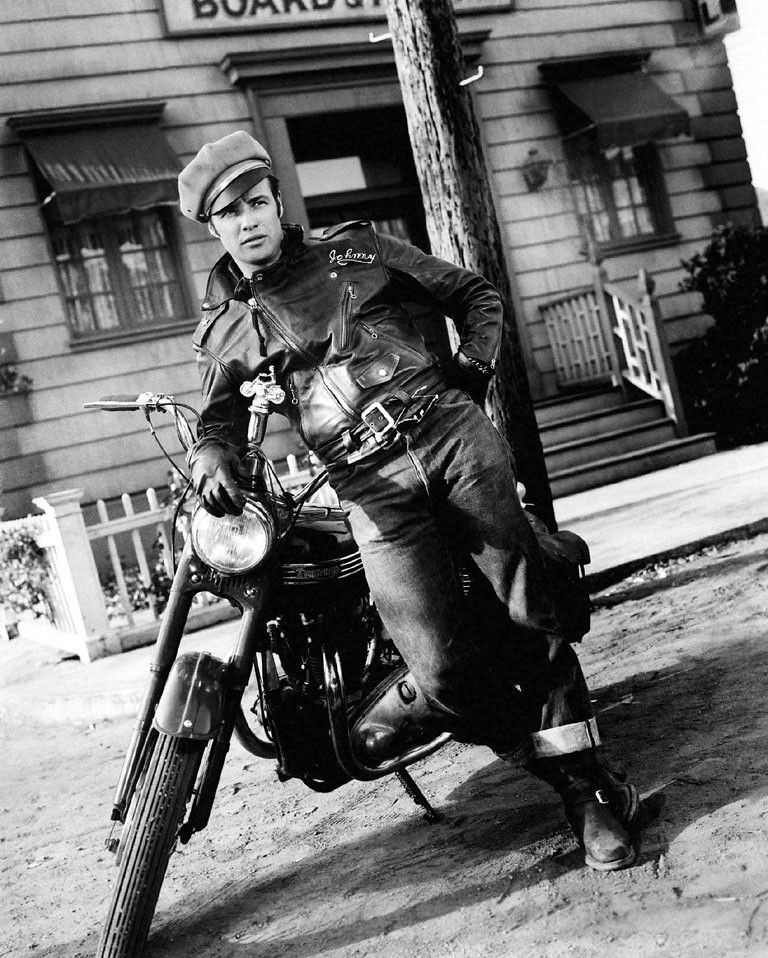
Marlon Brando in The Score
Marlon Brando delivered his final screen performance in the 2001 heist thriller The Score, sharing the stage with Robert De Niro and Edward Norton. In the film, he portrayed Max, a seasoned criminal mastermind planning one last elaborate heist before retirement. Brando brought his signature intensity and gravitas to the role, imbuing Max with a blend of wisdom, cunning, and reflective melancholy, which highlighted the complexities of a man at the end of his career.
Despite being in the later stages of his life, Brando’s presence dominated the screen, demonstrating why he remained a transformative figure in Hollywood. His interactions with De Niro and Norton showcased a masterclass in understated power and subtle tension, reinforcing his legacy as an actor who could command a scene with mere expression or a single gesture.
The Score serves not only as Brando’s cinematic swan song but also as a reminder of his profound influence on generations of actors. Even in his final role, he demonstrated the artistry and charisma that cemented his place among the greatest performers in film history.
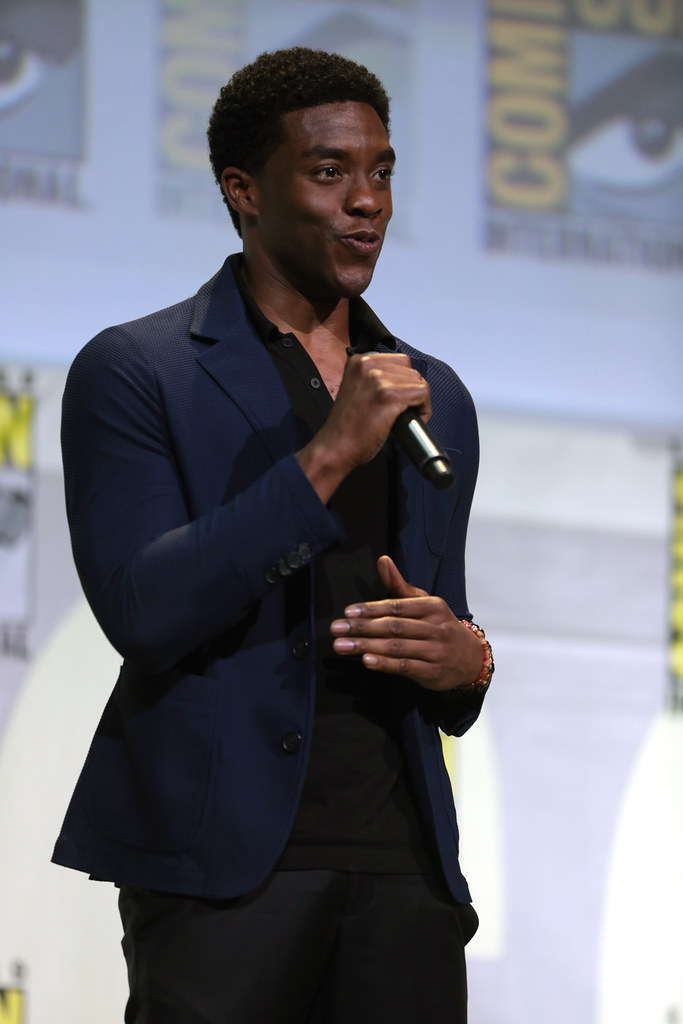
Chadwick Boseman in Ma Rainey’s Black Bottom
Chadwick Boseman delivered a stunning and emotionally charged final performance as Levee Green in Ma Rainey’s Black Bottom (2020), an adaptation of August Wilson’s acclaimed play. His portrayal captured the complex intersection of ambition, artistry, and systemic oppression, revealing both the fiery intensity and deep vulnerability of a young musician striving to assert his voice in a racially biased society.
Remarkably, Boseman filmed this role while privately battling illness, demonstrating a level of professionalism and dedication that amplified the poignancy of his performance. His ability to channel inner pain, frustration, and hope into Levee’s character resonated powerfully with audiences, earning widespread critical acclaim. The climactic monologue, filled with raw emotion and unflinching honesty, became one of the defining moments of his career, underscoring his extraordinary talent and commitment to storytelling.
Ma Rainey’s Black Bottom stands as a testament to Boseman’s enduring impact on cinema. Even in his final role, he delivered a performance that was both unforgettable and deeply human, leaving a legacy of courage, artistic integrity, and inspiration for future generations of actors.
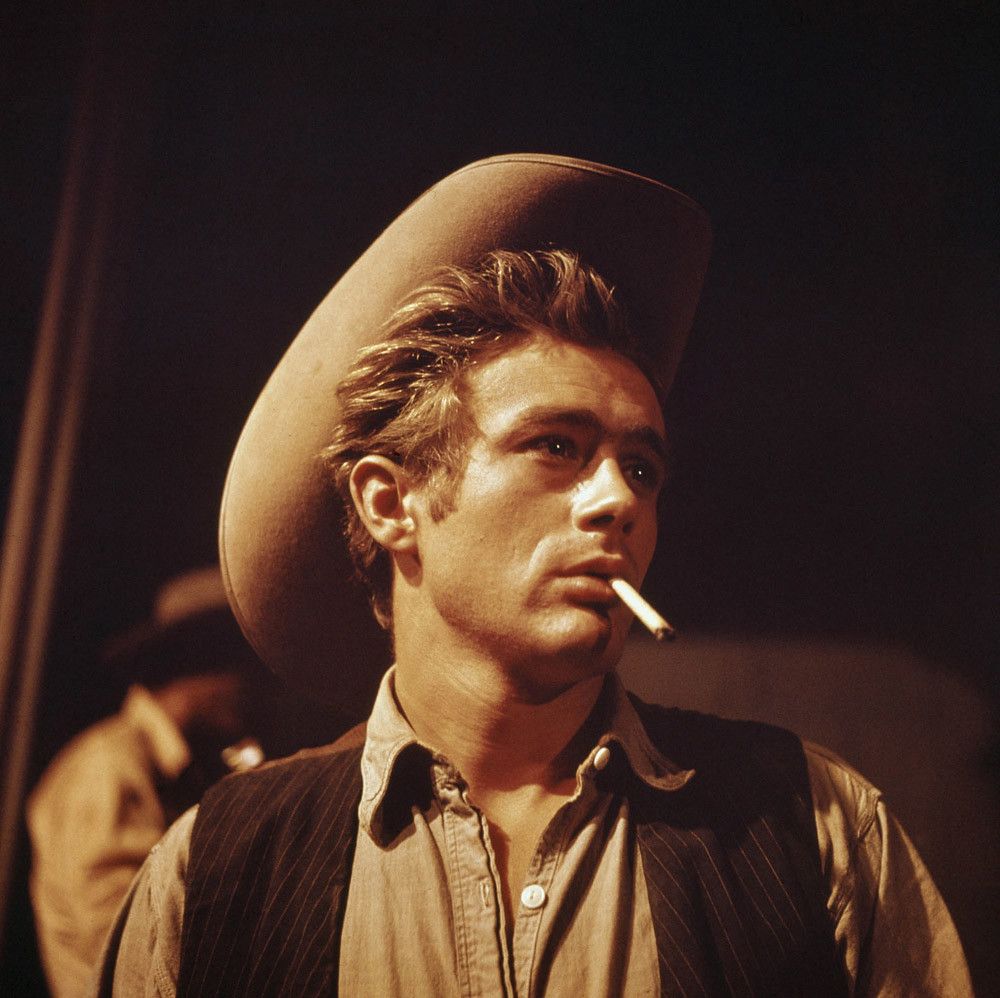
James Dean in Giant
James Dean’s final performance in Giant (1956) remains one of Hollywood’s most haunting portrayals of ambition, loneliness, and the human cost of success. In the role of Jett Rink, a self-made oil tycoon, Dean captured the tension between material triumph and emotional emptiness, illustrating the complexities of a man who attains wealth but struggles with isolation and unfulfilled desires.
Dean’s commitment to authenticity was legendary, reportedly involving method acting techniques that infused the character with raw vulnerability. Despite having a career spanning only three major films, his nuanced depiction of Jett showcased a maturity and emotional depth far beyond his years, leaving a lasting impression on audiences and critics alike.
Giant solidified Dean’s status as a cultural icon, his performance embodying both the restless energy and tragic potential of youth. His untimely death shortly after filming immortalized this role as a powerful testament to his extraordinary talent and the enduring influence he would have on generations of actors and filmmakers.

Greta Garbo in Two-Faced Woman
Greta Garbo’s final screen appearance came in Two-Faced Woman (1941), a romantic comedy that proved to be both a commercial disappointment and a critical challenge. Despite the film’s lukewarm reception, Garbo’s performance still exhibited her signature elegance, emotional subtlety, and on-screen magnetism. Known for her ability to convey depth with minimal dialogue, she continued to captivate audiences even in a genre that did not fully suit her strengths.
Following this film, Garbo made the deliberate choice to retire from Hollywood at the age of 36, seeking a life away from the public eye. This retreat into privacy only enhanced her mystique, leaving fans and the industry intrigued by the aura of enigma that surrounded her. By stepping away at the height of her fame, Garbo preserved the timeless allure of her persona, reinforcing her status as one of cinema’s most enigmatic and enduring icons.
Two-Faced Woman thus serves as a poignant closing chapter to a career defined by grace, subtlety, and an unparalleled screen presence. Garbo’s withdrawal from the spotlight cemented her legendary status, proving that sometimes silence and absence can amplify a legacy just as powerfully as a final performance.

These final performances reveal more than cinematic endings. They embody resilience, artistry, and the human desire to leave a lasting mark. Whether through carefully planned retirements, unexpected departures, or reflective swan songs, these legends offered audiences more than entertainment. They provided a final bow that continues to echo across generations, ensuring their place in the story of Hollywood.



